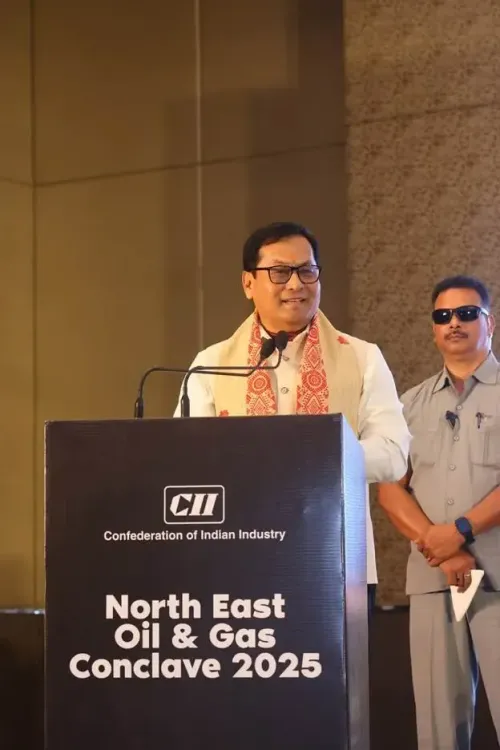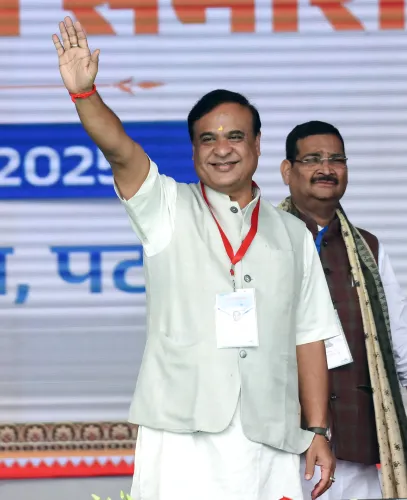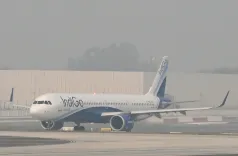How Will Revamped Inland Waterways Transform the Northeast's Economy?

Synopsis
Key Takeaways
- Revamped Inland Waterways significantly enhance trade and energy transport in the northeast.
- Investment of Rs 1,000 crore boosts local infrastructure.
- Improved navigation and turnaround times lead to increased cargo movement.
- Jetties in Assam serve as vital cross-border trade hubs.
- Future plans include operationalizing 76 national waterways by 2027.
New Delhi, Nov 21 (NationPress) The Inland Waterways sector is emerging as a vital component for energy transport in the northeast, enhancing India’s energy security and creating new trade routes, as stated by Minister of Ports, Shipping and Waterways, Sarbananda Sonowal.
He emphasized that the swift modernization of India’s inland waterways, especially in the northeast, is poised to unveil significant economic prospects and bolster the petroleum supply chain and export pathways linking Assam to Bangladesh and Southeast Asia.
According to Sonowal, the annual cargo movement on NW-2 is nearing 6 lakh tonnes, spurred by quicker turnaround times and dependable navigation.
“Under the visionary leadership of Prime Minister Narendra Modi, the renewed attention on Inland Water Transport (IWT) has facilitated seamless and rapid cargo transit, lowered logistics costs, and established a dependable multimodal network for the movement of petroleum products and industrial cargo across the Brahmaputra and Barak river systems,” remarked the minister at the ‘North East Oil and Gas Conclave 2025’.
“This initiative has not only rejuvenated one of the oldest and most effective conduits of economic prosperity but also revitalized economic activities within the region’s hinterland,” he added.
The minister pointed out that jetties and terminals in Assam—including Pandu, Jogighopa, Dhubri, Bogibeel, Karimganj, and Badarpur—have become essential hubs for cross-border trade. These river terminals aid in the export of petroleum products and large industrial shipments to Bangladesh and beyond, significantly reducing transit distances, travel times, and fuel consumption compared to road transport.
Sonowal highlighted the transport of over-dimensional cargo (ODC) to Numaligarh Refinery for its expansion, along with the ongoing movement of petroleum products via river routes, showcasing the operational efficiency and scalability of waterways as a sustainable logistics option.
Year-round navigation, ensured through extensive dredging and fairway maintenance, facilitates the uninterrupted movement of heavy cargo for refinery operations, exploration, and downstream industries.
He noted that the government has invested Rs 1,000 crore in inland waterway projects in the northeast over the past two years, which include permanent cargo terminals, ship repair facilities, tourist jetties, and urban water transport systems.
Sonowal mentioned that several significant projects have been undertaken in the northeast by the ministry in recent years, with plans for 76 national waterways to be operational by 2027.









